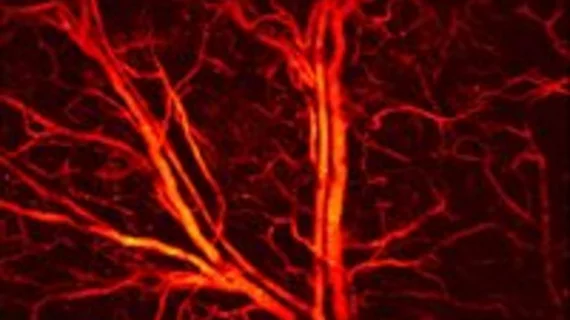Photoacoustic imaging technique may improve wearable imaging devices, medical diagnostics
A flexible photoacoustic imaging technique developed by Chinese researchers modifying fiber optic sensors by combining laser light and ultrasound to image biological tissue, detailed in a Sept. 17 release from The Optical Society.
The technique used in fiber laser-based ultrasound sensors could be applied to wearable devices and medical diagnostics, according to lead author Long Jin, PhD, from the Institute of Photonics Technology at Jihan University in Guangzhou, China, who presented the research Sept. 17 at the 2018 OSA Frontiers in Optics and Laser Science APS/DLS conference in Washington, D.C.
“The development of our laser sensor is very encouraging because of its potential for endoscopes and wearable applications,” Jin said in a prepared statement. “But current commercial endoscopic products are typically millimeters in dimension, which can cause pain, and they don’t work well within hollow organs with limited space.”
The technique uses fiber-optic ultrasound detection to exploit the acoustic effects on laser pulses through the "temperature changes that occur as a result of the elastic strain," according to the release. The new sensors were also developed for medical imaging specifically to provide better sensitivity than piezoelectric transducers.
The researchers built a special ultrasound sensor within a core of a single-mode optical fiber that is 8 microns to clinically test the new imaging technique.
The researchers used a focused pulse laser to illuminate a sample and detect optically induced ultrasound waves.
“By raster scanning the laser spot, we can obtain a photoacoustic image of the vessels and capillaries of a mouse’s ear,” Jin said. “This method can also be used to structurally image other tissues and functionally image oxygen distribution by using other excitation wavelengths - which takes advantage of the characteristic absorption spectra of different target tissues.”

